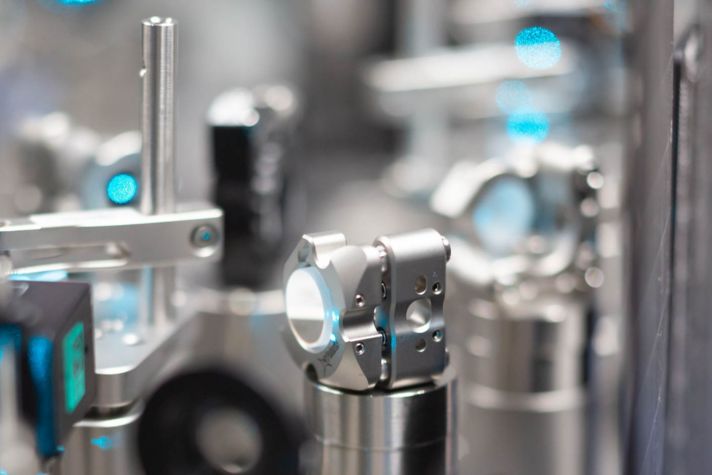-
 Global
Global-
Africa
-
Asia Pacific
-
Europe
-
Latin America
-
Middle East
-
North America
- |
- BUSINESSES
- |
- Contact
- |
-
 Global
Global-
Africa
-
Asia Pacific
-
Europe
-
Latin America
-
Middle East
-
North America
- |
- BUSINESSES
- |
- Contact
- |
You are browsing the product catalog for
- News
- Quantum Volume: The Power of Quantum Computers
Quantum Volume: The Power of Quantum Computers
Here’s how to quantify what quantum computers can do
Measuring the capabilities of a quantum computer requires a measurement that can summarize the complex operation.
Quantum Volume is a metric that can be used to express the effectiveness of a given quantum computer.
The various quantum hardware platforms available today have a wide array of specifications, making it difficult to differentiate the machines’ overall capabilities, even for experts. That’s why a simple measurement like Quantum Volume, developed by IBM, is necessary.
“The larger the quantum volume, the more complex problems you can solve,” said Dr. Patty Lee, Chief Scientist for Honeywell Quantum Solutions. “When our quantum computer is released, we will be able to execute larger quantum circuits better than any other quantum computer available.”
When Honeywell releases its quantum computer by mid-2020 its quantum volume will be at least 64.
“It speaks to the quality of the qubits,” said Paul Smith-Goodson, a veteran quantum analyst with Moor Insights. Moor Insights & Strategy, which provides analysis, advising and consulting to many high-tech companies in the industry, covers Honeywell as well.
“It speaks to the design of what Honeywell has done with their quantum computer.”
How Quantum Volume is calculated
A variety of factors and complex calculations determine Quantum Volume.
One factor is the number of qubits in a quantum computer. Qubits are the computing bits that take advantage of quantum physics.
Other factors include errors present in the quantum operations used for calculations, how connected the qubits within the system are to other qubits, cross-talk between those qubits and the efficiency of the compiler running the operations.
Unlike the volume of a cube, Quantum Volume measures are not computed by simple multiplication, but require a complicated set of statistical tests.
Here are the main components:
1. Number of qubits
The simplest measure to quantify is the number of physical qubits in the quantum computer.
In traditional computers, the bits are in a state of “0” or “1.”
However, in quantum computers, the qubits can be in the states “0” or “1” or both at the same time.
That’s a property of quantum physics called superposition.
The number of qubits is important because they are a basic element of the computer. But to determine the quantum computers full capability, two more factors must be considered.
2. Error rates
When it comes to error rates, like golf, the lower the number the better. The limiting error rate of the system quantifies how often it gets the wrong answer.
Error rates encompass systematic errors that might not show up in a single qubit.
That comprehensive error rate is important in determining how often calculations will be accurate.
3. Connectivity of qubits
Lastly, connectivity is a key factor in determining quantum volume.
Connectivity defines which pairs of qubits can be entangled in a quantum computer. Some hardware can directly apply entanglement operations to any two physical qubits in the system. Other hardware can only operate on qubit pairs that are physically located next to each other.
When qubits are fully connected, they can execute algorithms more efficiently, solving problems with fewer steps and taking full advantage of the qubits’ limited coherence time.
As the Quantum Volume increases, the ability to use quantum computers to solve really complicated problems will accelerate.
“It means that there will be a lot more things that we can do with quantum computing that we thought were further out on the horizon,” said analyst Smith-Goodson.
Copyright © 2024 Honeywell International Inc.



